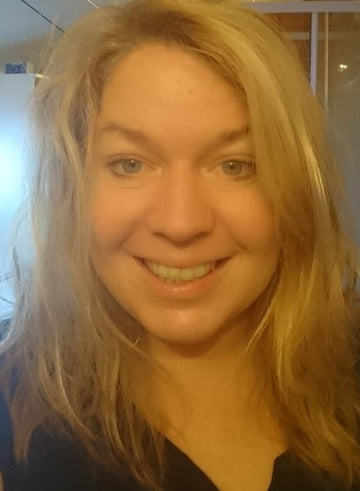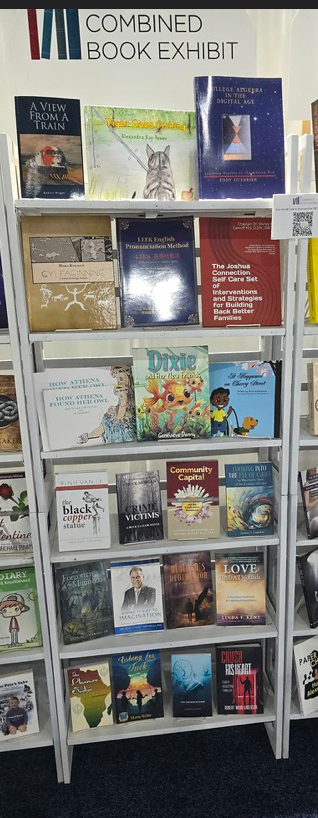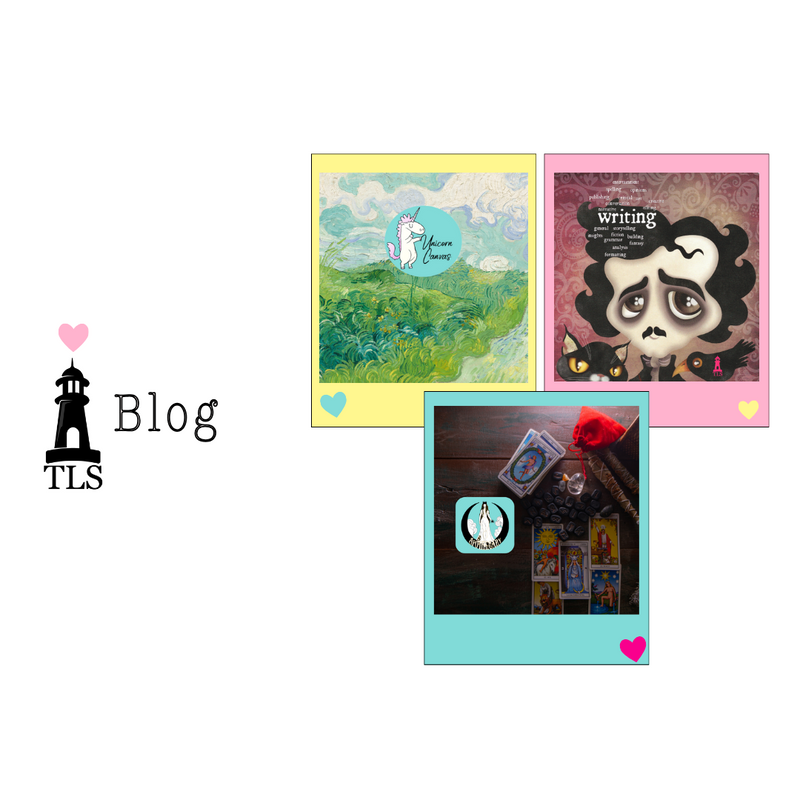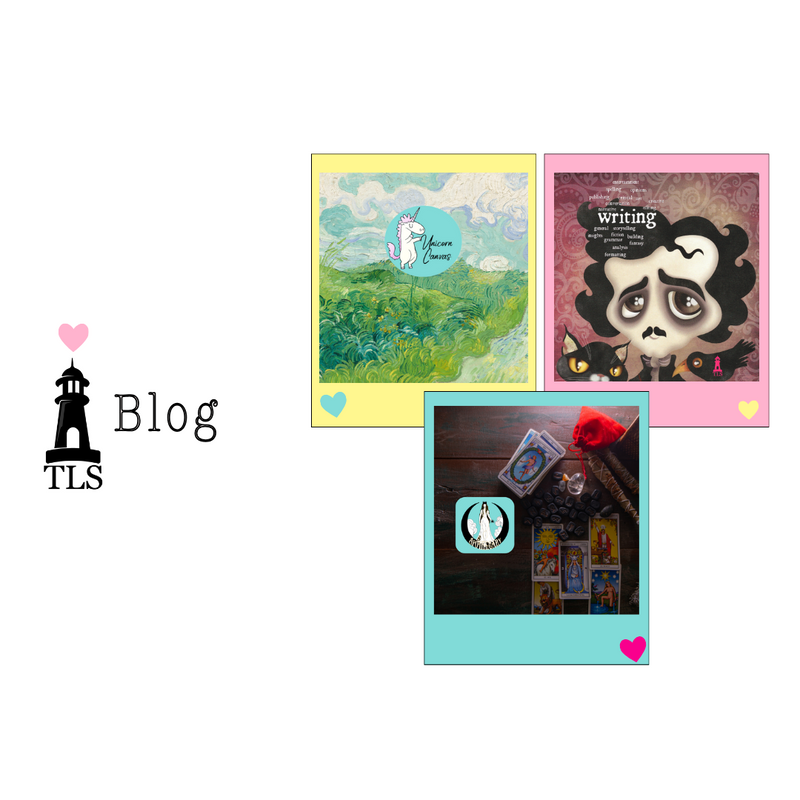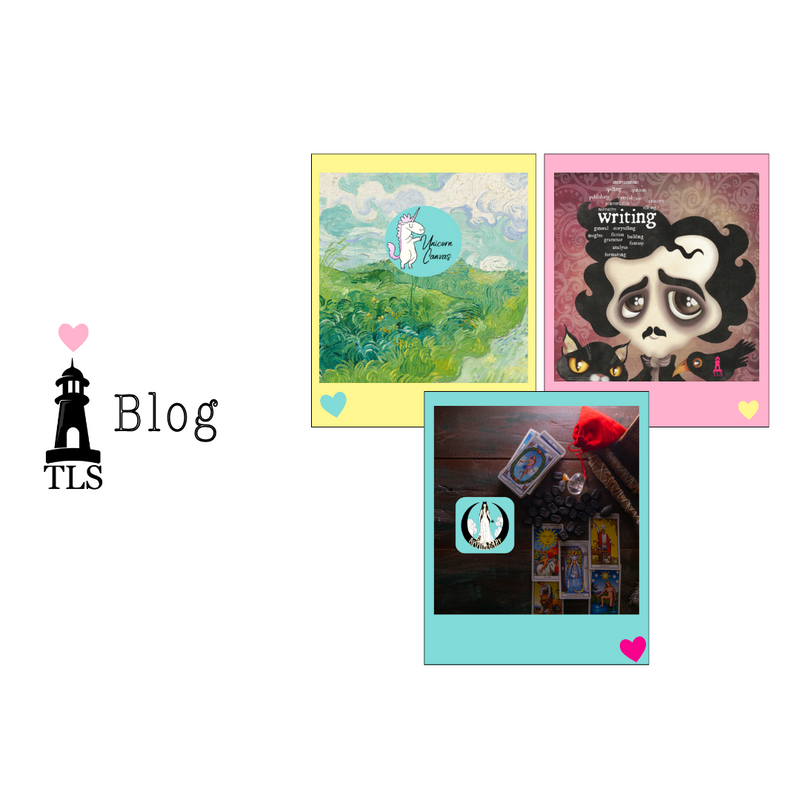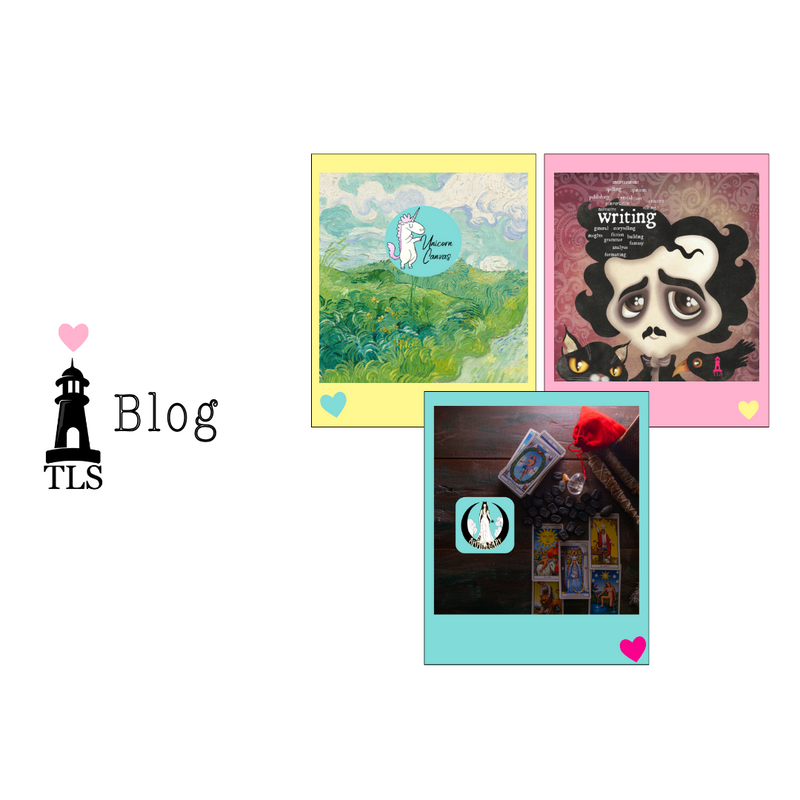- “The Maiden with the Mead – A Goddess of Initiation Rituals in Old Norse Mythology?” This is her University Master dissertation of 2004, proving that several Edda poems follow the same structure and themes of initiation similar to shamanic and even more particularly to Classical Mystery religions. It was published as a book by VDM Verlag in 2009. However, the raw thesis may be read online FOR FREE at the University of Oslo library at link https://www.duo.uio.no/bitstream/handle/10852/23958/18497.pdf?sequence=1&isAllowed=y
- “The Seed of Yggdrasill – Deciphering the Hidden Messages in Old Norse Myths” was first published by Whyte Tracks Inc. in 2013-2019. It is a work about the use of metaphors in the mythical Edda poetry and how to decipher them in order to understand the meanings that the poets were trying to convey. In this work, Kvilhaug takes the consistent use of meaningful heiti (nicknames) and kenningar (metaphors) in Old Norse poetry seriously and considers the mythical poems in the light of three major influences she believes can be detected in these poems; 1) the Medieval tradition of Integumenta (an understanding of pagan myths as basically allegorical, parables about the human condition in a greater cosmos) and 2) the myths of Classical Mystery religions (in which each Classical myth is considered a parable about the human soul´s path towards union with the divine) and 3) the ancient connection between the Norse traditions and the Indo-European ancestors of the Vedic (Indian) and Avestan (Iranian) traditions of a philosophical and metaphysical approach to the universe and the meaning of life expressed through the allegories of myth.
- BLADE HONER – A Historical Fiction series centered around the life of the youngest woman who was buried in the famous ship grave of Oseberg in Vestfold, Norway, in the year 834 A.D.
- “The Poetic Edda – Six Cosmology Poems” (2017, Createspace), a book with translations, interpretations and commentaries to six Edda poems; the Vǫluspá, the Váfþruðnismál, the Grímnismál, Grǫttasǫngr, Allvismál and Hyndlulióð. A valuable companion to The Seed of Yggdrasill although it may be read on its own.
- “The Trickster and the Thundergod – Thor and Loki in Old Norse Myths” (2018, Createspace), a book with translations, interpretations and commentaries to all the Old Norse written material there is about Thor and Loki; here you will get translations with explanations of Skaldic poetry, Edda poetry and prose passages from Snorri´s Edda and Flateyiarbók.
- “Alle netter ni – Mysterier, innvielsesritualer og den hellige drikken i norrøn mytologi (2018, Createspace) er forfatterens første utgivelse på norsk. Den er en videreutvikling av hovedfagsoppgaven (se punkt 1) og det første skritt på veien mo

